What Is a Mono Track?
When we talk about a mono track, we’re talking about a single audio channel — just one stream of audio that gets sent equally to both the left and right speakers. No fancy stereo spread, no panning tricks — just a centered, focused sound.
I use mono tracks all the time when I’m mixing vocals, bass, kick drums — anything that needs to live right up the middle and hit with clarity. Mono is less about “wow factor” and more about punch and precision. And that’s why it still matters, even in a world dominated by stereo and spatial audio.
One thing beginners often miss is how mono translates across playback systems. Whether someone’s listening on a club PA, a Bluetooth speaker, or a phone — mono elements tend to hold their position and impact better than poorly managed stereo ones. That’s a big deal when you’re trying to get your mix to sound consistent everywhere.
So while mono might seem basic, it’s actually a critical tool in shaping a solid, professional-sounding mix. It’s not old-school — it’s foundational.
What Is a Stereo Track?
A stereo track uses two channels — one for the left speaker, one for the right. Unlike mono, which plays the exact same thing in both ears, stereo can send slightly different information to each side. That difference is what creates the sense of width and space we hear in most modern music.
When I’m working on things like synth pads, background vocals, or ambient textures, stereo is the move. It lets me stretch the sound across the mix, filling out the sides and creating a more immersive experience. That sense of dimension — of a sound wrapping around you — is one of the biggest reasons we love stereo.
But it’s not just about sounding big. Stereo gives you creative control. You can pan elements left or right, automate movement, or even mess with mid/side processing to shape the width in really detailed ways. It opens up a lot of possibilities.
That said, not all stereo is created equal. If a stereo track is just a mono file duplicated on two sides, it’s not doing anything for your mix. Worse, poorly recorded or processed stereo can cause phase issues when summed to mono — which can actually make the sound weaker.
So when you’re using stereo, make sure it’s for a reason. When done right, it can transform a track from flat to cinematic.
Key Differences and Why They Matter
At first glance, mono and stereo might just seem like technical terms — but the difference between them can completely shape the feel of your mix.
Mono is focused. One channel. Everything sits dead center. It’s great for impact and clarity — especially for lead vocals, bass, and kick drums. These elements are meant to drive the track, so keeping them in mono helps them hit harder and stay grounded.
Stereo is wide. It gives you two channels — left and right — to work with, which means you can create space, movement, and separation. It’s perfect for spreading out background vocals, giving synths a lush feel, or placing instruments across the stereo field to create a bigger picture.
But here’s where things get tricky: just because a track is in stereo doesn’t mean it automatically sounds better. Poorly managed stereo can lead to phase issues — especially when the track is collapsed to mono. That’s why I always check my mixes in mono during the process. If parts of the mix disappear or feel thin, that’s usually a sign there’s a phase problem somewhere.
The key takeaway? It’s not about mono versus stereo — it’s about knowing which to use and when. The best mixes I’ve heard — and worked on — strike that balance between a powerful mono core and a wide, engaging stereo image.
When to Use Mono vs. Stereo in Your Mix
Knowing when to use mono or stereo isn’t about following rules — it’s about making intentional decisions that serve the song.
Use mono when you need focus and impact.
Things like kick drums, bass, snare, and lead vocals almost always work best in mono. They anchor the track and give the mix its center of gravity. If you try to spread these elements out too wide, they lose their punch and can start clashing with other parts of the mix.
Use stereo when you want width and texture.
Pads, background vocals, guitars, piano — these are great candidates for stereo because they help fill out the sides and create a more immersive listening experience. Stereo lets you get creative with space, panning, and even movement within the mix.
But here’s the catch: always check your mix in mono.
Stereo sounds amazing — until you collapse it and things start disappearing or thinning out. That’s why I regularly flip my mixes to mono while I’m working. It’s one of the easiest ways to spot phase issues or find out if something you thought was “huge” is actually just smeared across the stereo field.
The goal isn’t to choose one or the other — it’s to use both strategically. That contrast between mono and stereo is what makes a mix feel tight in the center but still spacious and exciting around the edges.
Ready to take your mix from rough to release-ready?
Whether you’re struggling to get your vocals to sit right or your stereo image feels flat, I can help. I mix and master songs every day for artists around the world — and I know exactly how to make your music translate across every system.
Click here to book your mix or master, and let’s make your track sound as good as it should.

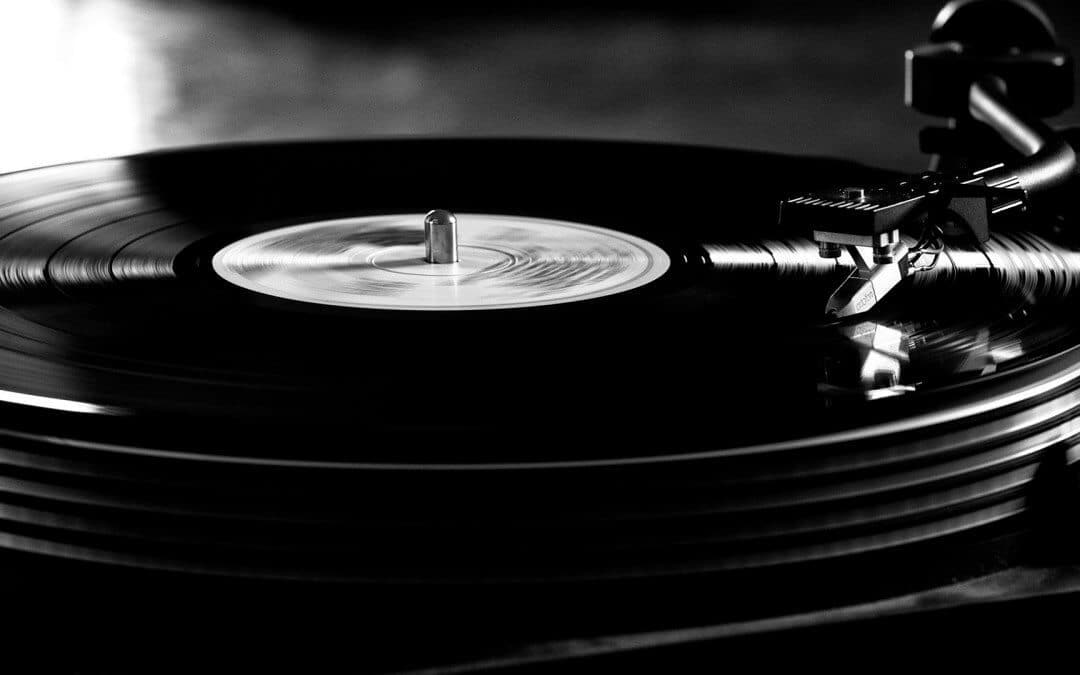

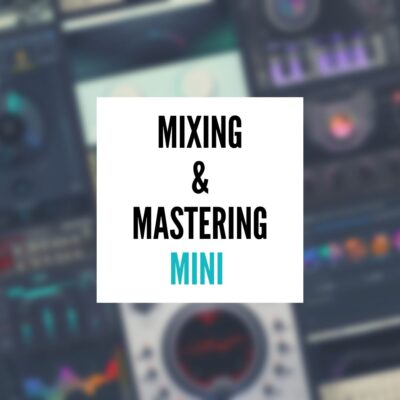
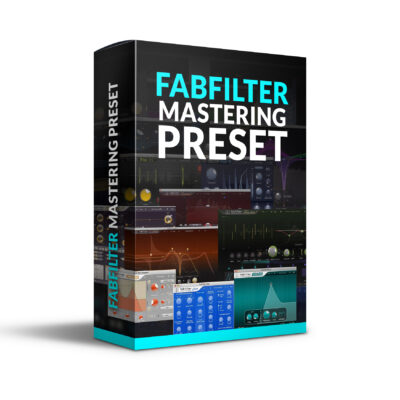
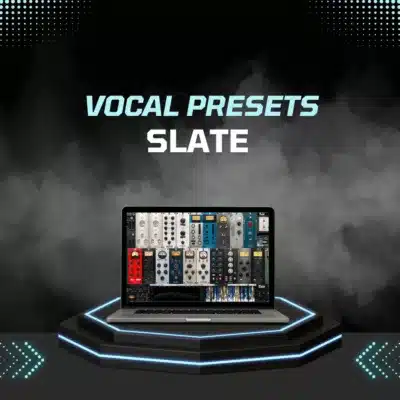
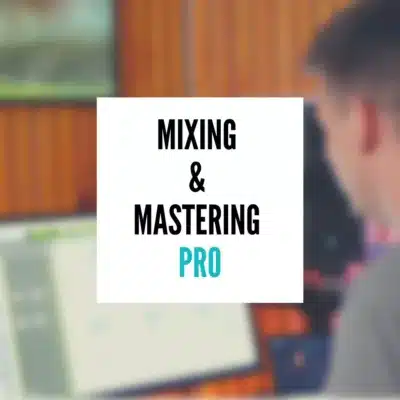

Thanks for the info and keep up the great work Matty Trump, I hear alot of great things about you!